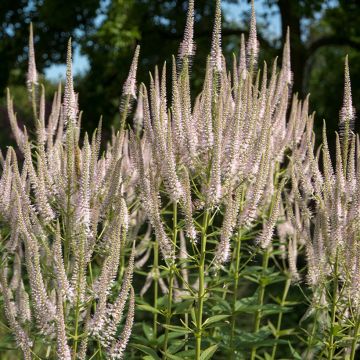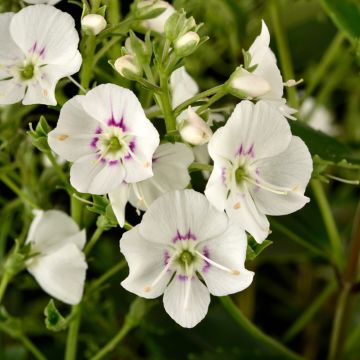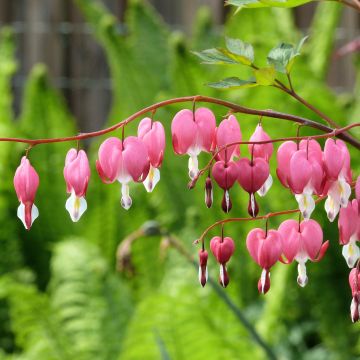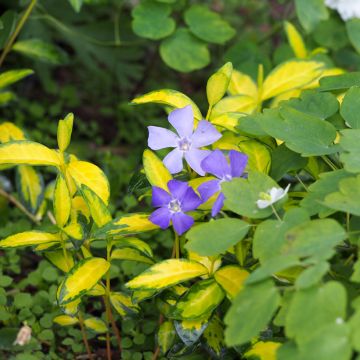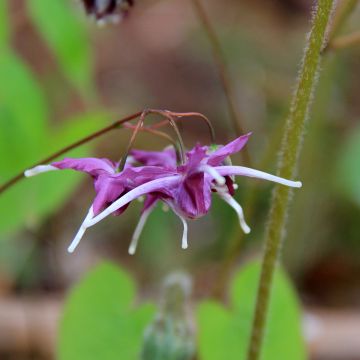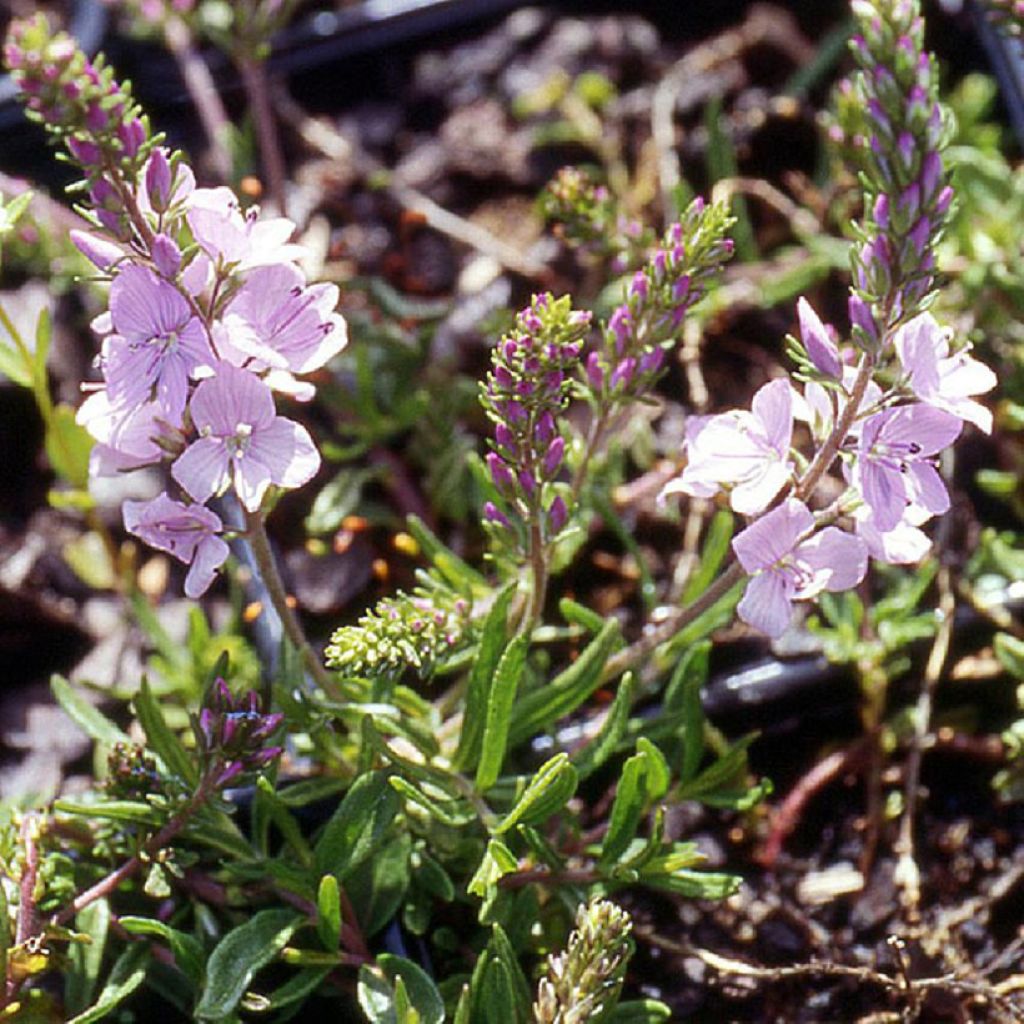

Veronica x cantiana Kentish Pink - Speedwell
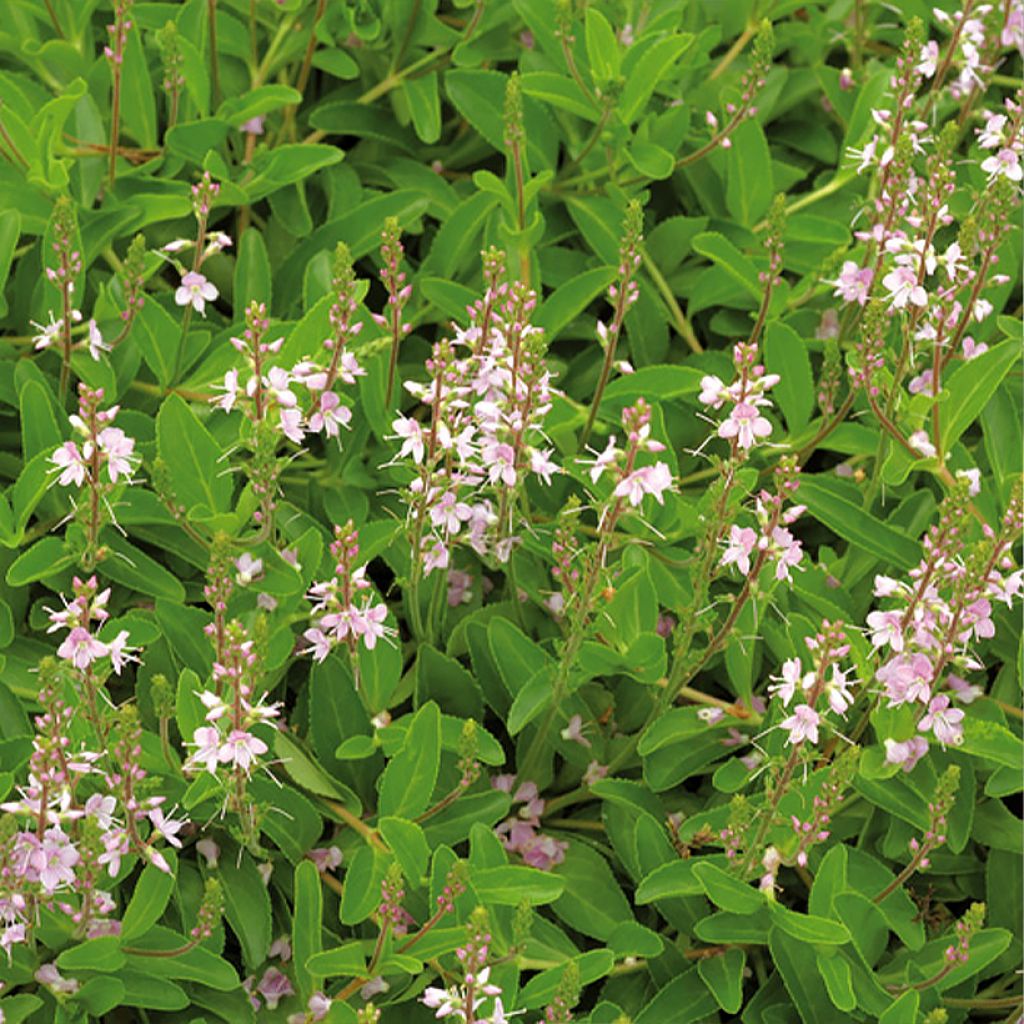

Veronica x cantiana Kentish Pink - Speedwell
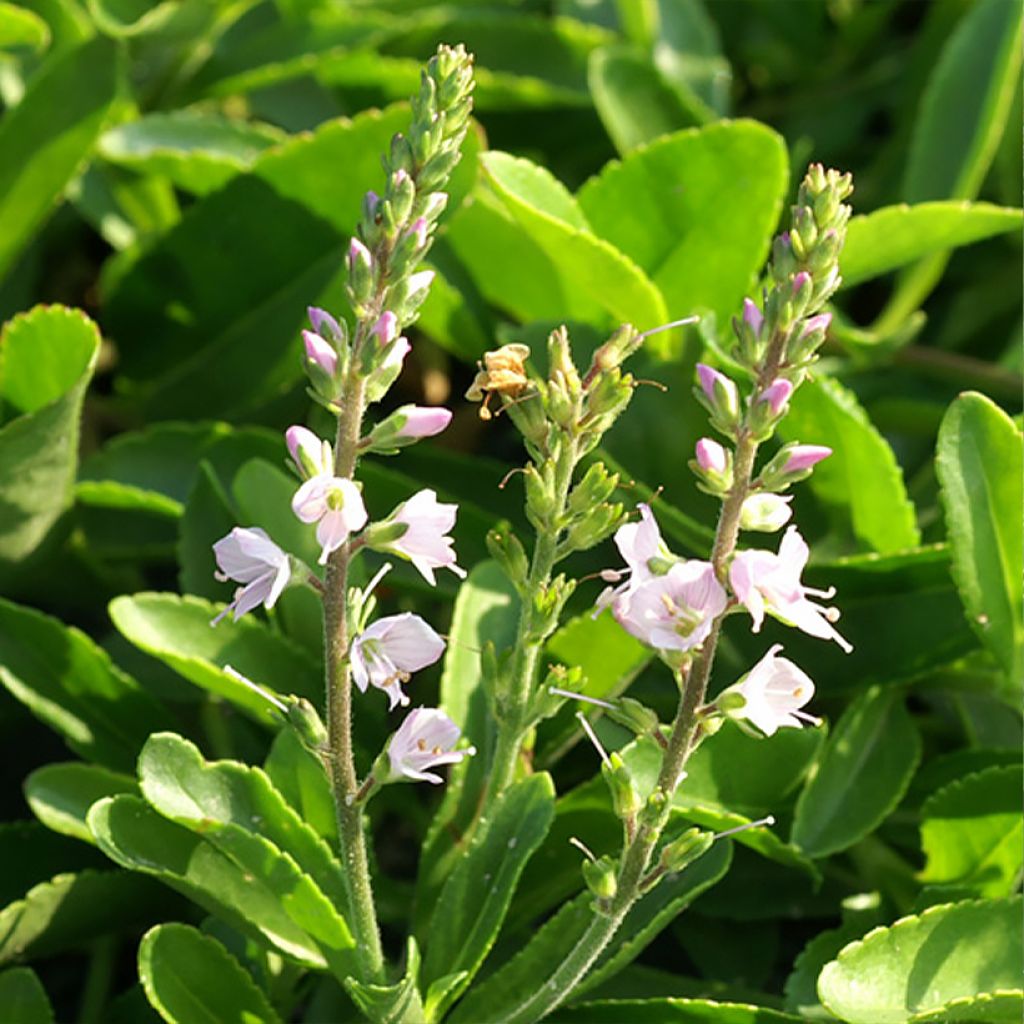

Veronica x cantiana Kentish Pink - Speedwell
Veronica x cantiana Kentish Pink - Speedwell
Veronica x cantiana Kentish Pink
Speedwell
This item cannot be shipped to the selected country
Delivery charge from €5.90
More information
Schedule delivery date,
and select date in basket
This plant carries a 12 months recovery warranty
More information
We guarantee the quality of our plants for a full growing cycle, and will replace at our expense any plant that fails to recover under normal climatic and planting conditions.
From €5.90 for pickup delivery and €6.90 for home delivery
Express home delivery from €8.90.
Does this plant fit my garden?
Set up your Plantfit profile →
Description
Veronica x cantiana 'Kentish Pink' is an excellent ground cover veronica, with dense vegetation, very effective in preventing weeds. The ornamental foliage is dark green, glossy and evergreen all year round, even in cold climates. The plant is covered in spring with a multitude of soft pink flower spikes. This vigorous, small creeping veronica grows rapidly. It can be planted in full sun or light shade, in rockeries and borders.
Veronica x cantiana is a perennial plant with rooting stems from the Scrophulariaceae family. It is a cross between Veronica officinalis and Veronica prostrata. The former, quite common throughout Western Europe, except for Mediterranean regions, is a perennial plant that thrives in dry soils, preferably acidic. It grows in woods, heathlands, and meadows. The latter is native to Central and Southern Europe where it grows in meadows and clearings, among bushes, as well as on grassy slopes. Veronica x cantiana 'Kentish Pink' grows quite rapidly, forming numerous short branches, prostrate on the ground. The height of the foliage does not exceed 15 cm. Each stem produces roots at the nodes, allowing the plant to cover the ground on a minimum surface of 50 cm in diameter, and even more over time. The stem is solid and covered with small white hairs. The fairly dark green, evergreen foliage is composed of small lanceolate, opposite, entire, fleshy, and glossy leaves, toothed at the edges. In May-June, the plant produces numerous light pink spike inflorescences just above the foliage.
Veronica x cantiana 'Kentish Pink' tolerates drought fairly well, provided it receives regular watering during the first dry summers. It can be planted in rockeries, slopes, flower beds, borders, or as a foreground in flower beds. It is very robust and covers the ground everywhere, even in unfavourable conditions. In containers and hanging baskets, it can be planted at the base of taller and more upright perennials, forming a trailing carpet on the edges of the pot. Along a pathway, it can be planted en masse. In poor soil, it can be associated with thymes, chamomiles, Antennaria dioica 'Rubra', or Pulsatillas, for example.
Report an error about the product description
Veronica x cantiana Kentish Pink - Speedwell in pictures
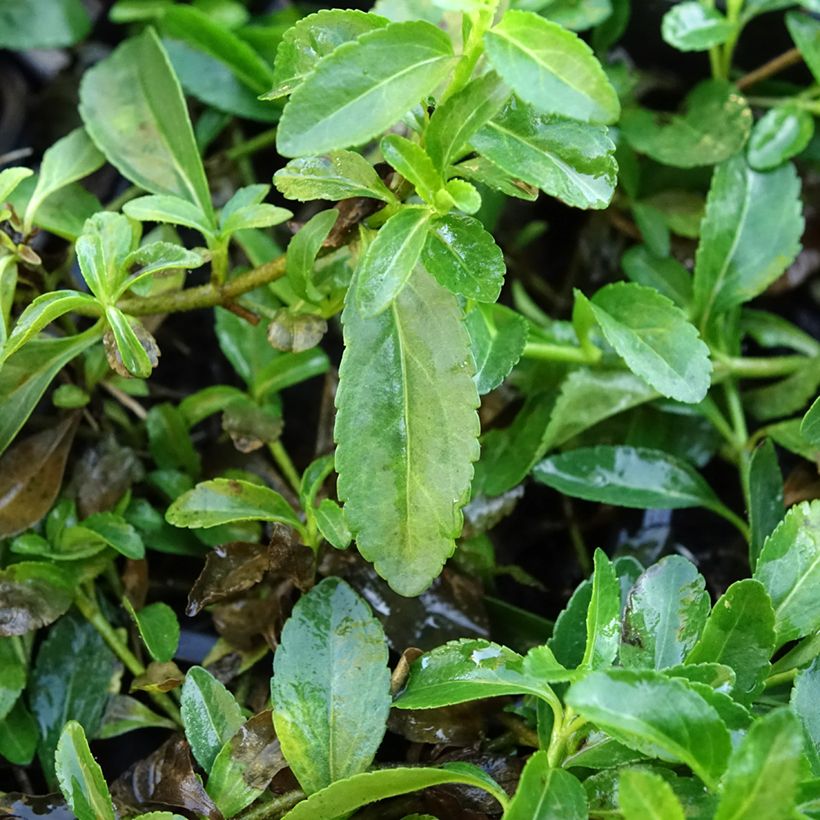

Flowering
Foliage
Plant habit
Botanical data
Veronica
x cantiana
Kentish Pink
Plantaginaceae
Speedwell
Parahebe 'Kenty Pink', Parahebe formosa 'Kenty Pink'
Cultivar or hybrid
Other Veronica - Speedwell
Planting and care
Beautiful ground-covering variety and very hardy (to -25°C), for any well-drained, ordinary, even rocky, acidic or sandy, or even slightly chalky soil in full sun, or partial shade in hot climates. It tolerates summer drought well. Very useful in a rockery or as a border plant, it appreciates some watering in the first summers, especially in dry soil. Remove faded flowers.
Planting period
Intended location
Care
This item has not been reviewed yet - be the first to leave a review about it.
Spring flowering perennials
Haven't found what you were looking for?
Hardiness is the lowest winter temperature a plant can endure without suffering serious damage or even dying. However, hardiness is affected by location (a sheltered area, such as a patio), protection (winter cover) and soil type (hardiness is improved by well-drained soil).

Photo Sharing Terms & Conditions
In order to encourage gardeners to interact and share their experiences, Promesse de fleurs offers various media enabling content to be uploaded onto its Site - in particular via the ‘Photo sharing’ module.
The User agrees to refrain from:
- Posting any content that is illegal, prejudicial, insulting, racist, inciteful to hatred, revisionist, contrary to public decency, that infringes on privacy or on the privacy rights of third parties, in particular the publicity rights of persons and goods, intellectual property rights, or the right to privacy.
- Submitting content on behalf of a third party;
- Impersonate the identity of a third party and/or publish any personal information about a third party;
In general, the User undertakes to refrain from any unethical behaviour.
All Content (in particular text, comments, files, images, photos, videos, creative works, etc.), which may be subject to property or intellectual property rights, image or other private rights, shall remain the property of the User, subject to the limited rights granted by the terms of the licence granted by Promesse de fleurs as stated below. Users are at liberty to publish or not to publish such Content on the Site, notably via the ‘Photo Sharing’ facility, and accept that this Content shall be made public and freely accessible, notably on the Internet.
Users further acknowledge, undertake to have ,and guarantee that they hold all necessary rights and permissions to publish such material on the Site, in particular with regard to the legislation in force pertaining to any privacy, property, intellectual property, image, or contractual rights, or rights of any other nature. By publishing such Content on the Site, Users acknowledge accepting full liability as publishers of the Content within the meaning of the law, and grant Promesse de fleurs, free of charge, an inclusive, worldwide licence for the said Content for the entire duration of its publication, including all reproduction, representation, up/downloading, displaying, performing, transmission, and storage rights.
Users also grant permission for their name to be linked to the Content and accept that this link may not always be made available.
By engaging in posting material, Users consent to their Content becoming automatically accessible on the Internet, in particular on other sites and/or blogs and/or web pages of the Promesse de fleurs site, including in particular social pages and the Promesse de fleurs catalogue.
Users may secure the removal of entrusted content free of charge by issuing a simple request via our contact form.
The flowering period indicated on our website applies to countries and regions located in USDA zone 8 (France, the United Kingdom, Ireland, the Netherlands, etc.)
It will vary according to where you live:
- In zones 9 to 10 (Italy, Spain, Greece, etc.), flowering will occur about 2 to 4 weeks earlier.
- In zones 6 to 7 (Germany, Poland, Slovenia, and lower mountainous regions), flowering will be delayed by 2 to 3 weeks.
- In zone 5 (Central Europe, Scandinavia), blooming will be delayed by 3 to 5 weeks.
In temperate climates, pruning of spring-flowering shrubs (forsythia, spireas, etc.) should be done just after flowering.
Pruning of summer-flowering shrubs (Indian Lilac, Perovskia, etc.) can be done in winter or spring.
In cold regions as well as with frost-sensitive plants, avoid pruning too early when severe frosts may still occur.
The planting period indicated on our website applies to countries and regions located in USDA zone 8 (France, United Kingdom, Ireland, Netherlands).
It will vary according to where you live:
- In Mediterranean zones (Marseille, Madrid, Milan, etc.), autumn and winter are the best planting periods.
- In continental zones (Strasbourg, Munich, Vienna, etc.), delay planting by 2 to 3 weeks in spring and bring it forward by 2 to 4 weeks in autumn.
- In mountainous regions (the Alps, Pyrenees, Carpathians, etc.), it is best to plant in late spring (May-June) or late summer (August-September).
The harvesting period indicated on our website applies to countries and regions in USDA zone 8 (France, England, Ireland, the Netherlands).
In colder areas (Scandinavia, Poland, Austria...) fruit and vegetable harvests are likely to be delayed by 3-4 weeks.
In warmer areas (Italy, Spain, Greece, etc.), harvesting will probably take place earlier, depending on weather conditions.
The sowing periods indicated on our website apply to countries and regions within USDA Zone 8 (France, UK, Ireland, Netherlands).
In colder areas (Scandinavia, Poland, Austria...), delay any outdoor sowing by 3-4 weeks, or sow under glass.
In warmer climes (Italy, Spain, Greece, etc.), bring outdoor sowing forward by a few weeks.


































